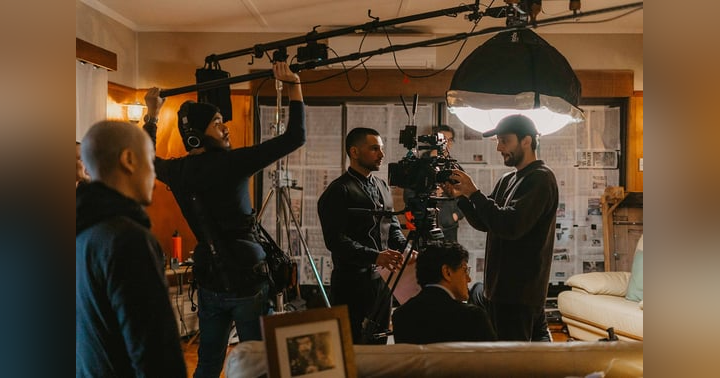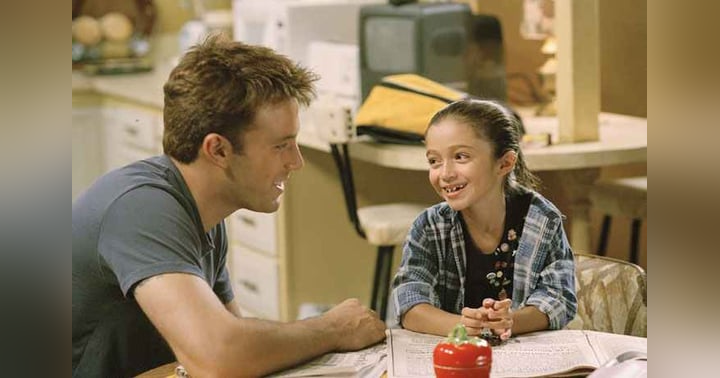How Ready or Not Skewers Class Privilege with Blood, Wit, and Wedding Gowns

Welcome to another deep dive from The Fandom Portals Podcast, where we explore how fandoms help us learn and grow. This time, we're cracking open the 2019 horror-comedy Ready or Not — a brutal, satirical takedown of class systems wrapped in a blood-soaked wedding dress.
The points discussed in this blog can be found here: Ready or Not (2019) – Class Satire, Samara Weaving Shines & Wedding Dress Symbolism
The Deadliest Game: A Wedding Night Horror with Purpose
Ready or Not isn’t just another survival horror flick. It’s a razor-sharp satire targeting wealth, privilege, and tradition under the guise of a deadly game of hide and seek. From its opening moments, the film establishes a blend of horror and humor that hits hard, especially when viewed through the lens of class warfare.
The game is simple: Grace (played by Samara Weaving) marries into the wealthy Le Domas family only to discover that new in-laws come with a murderous catch — a literal game of survival. But what makes the film stand out is how it plays with expectations, using Grace’s transformation and the family’s unraveling to deliver a scathing critique of inherited power.
Samara Weaving’s Grace: A Final Girl for the Modern Age
Samara Weaving brings to life one of the most satisfying final girls in horror cinema. Grace isn't just running for survival — she's shedding the need to conform. Her evolution is symbolized by her tattered wedding dress, which was designed to break down progressively, reflecting her journey from subservience to rebellion.
Shot chronologically (a rarity in film), the physical deterioration of Grace’s dress — and Weaving’s performance — offers a tangible timeline of transformation. Each tear, bloodstain, and rip becomes a marker of her emancipation from the toxic tradition she unknowingly married into.
Eat the Rich: Horror Satire at Its Sharpest
The film leans heavily into the “eat the rich” trope, a concept that critiques wealth hoarding and moral decay among elites. The Le Domas family represents the rotten core of inherited power — outdated, out of touch, and ultimately disposable. The satire is never subtle: they rely on ancient rituals, outdated weapons, and a literal deal with the devil to maintain their fortune.
This exaggerated privilege is satirized through comedic incompetence. The family can’t use their weapons properly, the maids die in absurd accidents, and their blind trust in rituals crumbles by sunrise. The punchline? They all explode. Literally.
Symbolism in the Costume: A Dress that Tells the Story
More than just fashion, Grace’s wedding dress acts as a visual narrative tool. Starting pristine and pure, it’s torn, burned, and blood-soaked by the finale. The dress symbolizes her disillusionment with the fantasy of marriage and her rejection of the elite system she's been forced into.
The Converse sneakers (custom-colored yellow, as the shade was no longer produced) emphasize her outsider status and independence. They also visually contrast the archaic, formal attire of the Le Domas clan, anchoring her as the relatable protagonist in a world gone mad.
The Devil in the Details: Themes of Tradition, Indoctrination, and Ineptitude
What elevates Ready or Not beyond slasher status is its layered character writing. Each family member represents a facet of class privilege:
-
Tony (the patriarch): The traditionalist blinded by ritual.
-
Becky (the mother): The smiling face of class gatekeeping.
-
Charity (Daniel’s wife): A social climber who sees ruthlessness as survival.
-
Daniel: The morally conflicted insider too broken to fight back — until it’s too late.
-
Alex: The worst kind — a man who weaponizes love and loyalty until he’s exposed.
-
Fitch and Emilie: Comic relief embodiments of wealth without competence.
Even Aunt Helene, axe-wielding and stone-faced, represents how trauma can be repackaged as family tradition — perpetuating harm in the name of duty.
Alternate Endings and What They Could’ve Meant
Originally, Grace was supposed to die at the end. The filmmakers envisioned a darker finale where the elite remain untouched — a grim reflection of real-world injustice. But they opted instead for something that was cathartic and absurd: spontaneous combustion.
The decision wasn't just tonal. It honored the film’s satirical roots and gave the audience — largely working-class horror fans — a victory. Seeing the elite quite literally blow up from their own corruption was exactly the payoff the story needed.
The Hidden Power of Names and Subtle Foreshadowing
There’s a surprising amount of depth in small details. Names like “Grace” and “Charity” carry ironic weight, symbolizing virtue and generosity in characters who either embody or subvert those traits. The games in the family’s cabinet — “Family Ritual,” “Sunrise,” “LaBelle’s Gambit” — are clever foreshadowing devices embedded in the mise-en-scène.
And the biggest foreshadowing? A throwaway line about another family that died in a mysterious house fire — now likely the setup for the sequel Ready or Not: Here I Come, which has already begun production.
Why This Horror-Comedy Still Deserves Our Attention
Ready or Not blends genre thrills with timely commentary, packing deeper meaning into every bloody laugh. It’s a perfect entry point for horror fans who crave substance with their scares and for podcast listeners who love unpacking what movies say about our society.
For film and TV podcasters, this movie is a goldmine. It’s tightly written, visually clever, and unafraid to punch up — making it a prime example of how genre filmmaking can be both entertaining and incisive.












